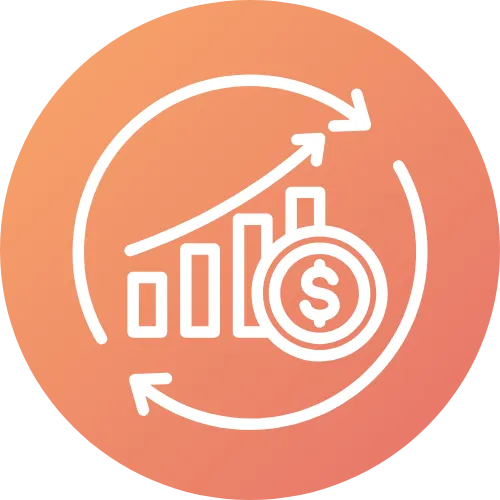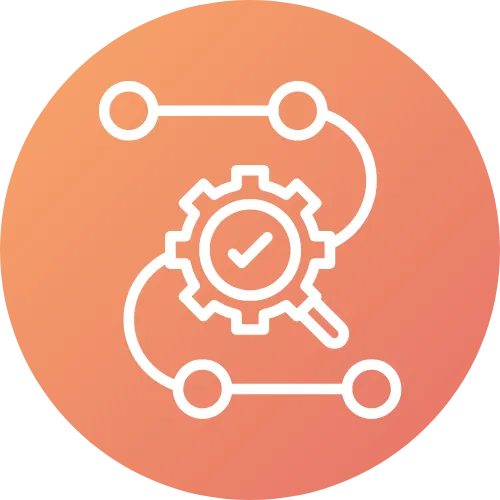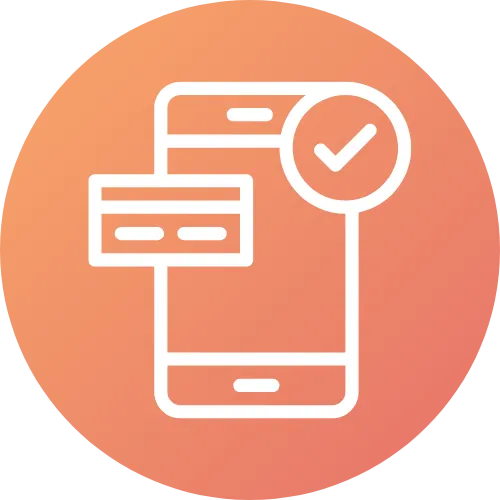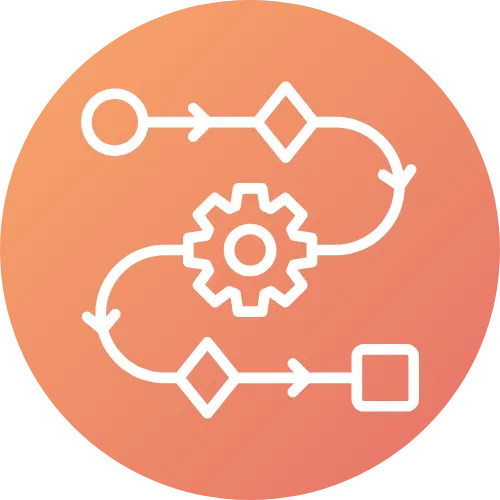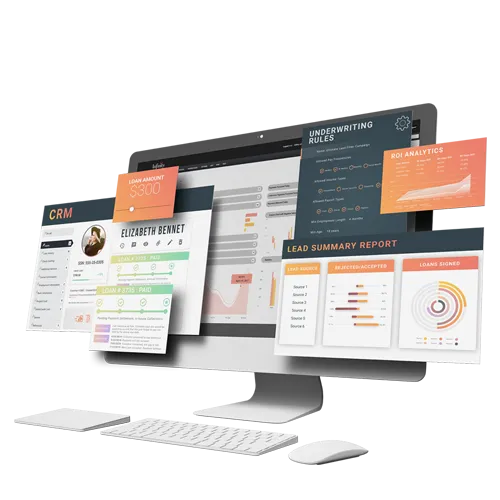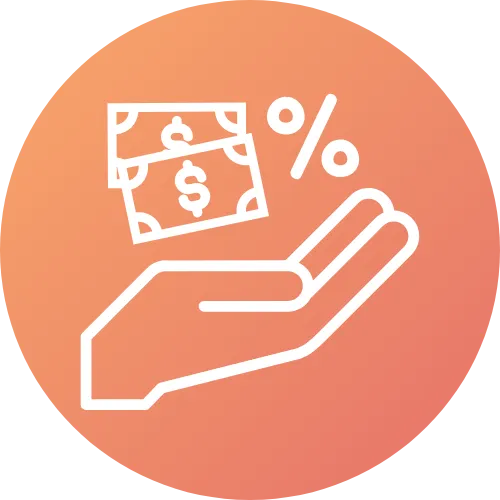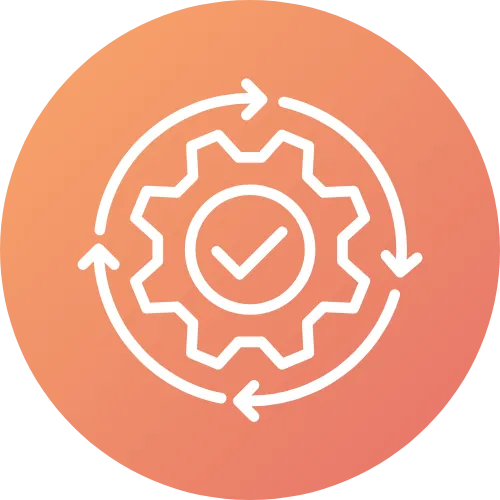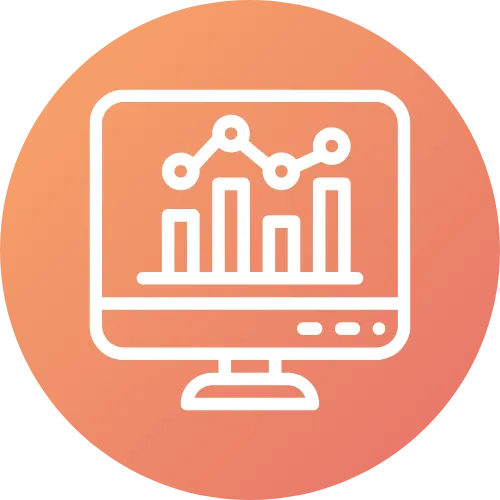
Comprehensive Guide to Disbursement Management Software
Both large and small businesses alike can benefit from dialing in their payment-related processes. With the wrong approach, you may be spending too much on fees, penalties, and other associated costs, which can considerably eat into your profits and make it more difficult to manage your money at the end of the day.
But if you're interested in taking control of the money that makes your business tick, you need a system that helps you stay on top of it all. Not everyone knows the difference between disbursements and reimbursements (payments), as well as when to make one or the other, but with the right system, you don't have to worry.
What Is Disbursement?
Generally, disbursement is a form of payment that is owed to another in the normal course of running a business. A disbursement can be an expense, a cash payment, some kind of dividend, or a sum that must be paid according to the requirements of a certain transaction, such as lending a certain sum. By and large, disbursements give you an idea of your cash flow, which is ultimately a measure of solvency. If disbursements are higher than revenues, you're spending more than you're taking in. On the other hand, if revenue exceeds disbursements, you're running a profit.
How Do Disbursements Work?
Because disbursement involves the actual delivery of funds at a set time, a disbursement can be accounted for via a date, payee, amount, payment method, the purpose of payment, and how it affects your business's bottom line. Some businesses may have payments for inventory and salaries while others may spend a significant sum on raw materials and keeping their production line moving.
Where it gets tricky is that typical accounting methods may not reflect when money is actually received or sent, such as with the accrual method of accounting that considers money earned or spent long before it hits the company account or is debited from it. A disbursement ledger gives a sense of how much money is spoken for but not yet sent, in addition to money that is due to come in but hasn't yet arrived.
Disbursement management software can help manage these payments, which come in various forms -- basically any payment or cash outflow for a company -- without having to stay on top of it day in and day out. After all, if you divert your attention for too long, you could be heading toward financial insolvency and not even realize it.
What Is Disbursement Management?
Disbursement management sounds complicated, but it's basically how a company can organize and maximize its cash flow while simultaneously simplifying its financial operations. Taking things a bit further, disbursement management software is a comprehensive management layer that allows you to spend less time and money organizing your financial resources while increasing financial control across your business operations.
Importance of Disbursement Management
Disbursement is big business. Over $2 billion is sent to consumers annually, which can come in the form of loans, insurance claims, rewards, rebates, and other types of payments. Things like disbursement checks or vouchers can be given to individuals or businesses, which can make keeping tabs on it all complicated, especially if your company has different and competing accounting methods for certain expenditures.
Disbursements can also vary wildly, such as employee salaries, miscellaneous payroll expenses, payments made to contractors, suppliers, and vendors, reimbursements for out-of-pocket expenses, and dividend and profit distributions to shareholders and owners. That's a lot of money moving around, and we haven't even gotten to cash disbursements yet.
Cash disbursements are even more complicated because the money trail is only as good as your records. If you're not leveraging disbursement management software, you could lose track of those disbursements and be counting on money that you don't have, potentially causing you to make the wrong decisions at a time that's less than ideal.
But cash might be favored because it's immediate, especially when you're dealing with customers in a brick-and-mortar business. However, a refund can be complicated. Sure, it's money they're owed, but it's not like you're giving them back the same funds that they gave you. It's all going into and coming out of the same pool, and the more you can make sense of your disbursements with disbursement management software, the better off you'll be.
What About Controlled Disbursements?
You may have heard about controlled disbursements, but you're not sure how to implement it or what the benefit is to your business. In short, a controlled disbursement is typically used by businesses to monitor and structure their disbursements in such a way that they're able to keep more of the funds for longer, maximizing the interest and minimizing fees and other charges.
Disbursement management software allows you to manage your disbursements online with a comprehensive program that handles all the complicated stuff for you. Instead of making disbursements as soon as they come in, it can help to reserve all payments to a once-a-day or some other kind of batch job, thereby saving on costs, both monetary and resource-driven.
Disbursements, Payments, and Reimbursements?
The confusing part about disbursements is that they're essentially payments, but that word is typically reserved for the individual. If you're a business, the money going out is all part of your disbursements, and that's wholly separate from money in, or earned income. But that's not the same as a reimbursement, which is a specific payment for the original disbursement.
If it sounds convoluted and complicated, it is, and unless you cut your teeth on these advanced accounting concepts it might all just sound like a foreign language to you. The good thing is that disbursement management software can help you wrap your head around your company's cash flow without understanding all the nitty-gritty details -- and that can be great for owners and managers who want a clear and simple look at how their company is performing, not to get a degree in finance just to make sense of it all.
Without a disbursement management software layer, you won't know that the difference between a payment and a disbursement is that payments are subject to tax while disbursements are not. Treating a payment as a disbursement means that you could save significantly on fees, but it's important to not run afoul of any important local regulations and laws.
If you paid for a certain product or service on behalf of a client or customer and it's indicated on an invoice, making it clear what you're responsible for and what was brought in from a third party, you may be able to attach that to the original disbursement.
When it comes to loans, those are also considered disbursements since the funds are given to a customer who is then responsible for paying back the total amount, plus interest. You're not making a payment to your customers -- they're paying you for the ability to borrow money. That can mean considerable savings if you're not accounting for your disbursements properly, and disbursement management software can make it easy to stay on top of it all.
Ask yourself: does the expense belong to the customer? If the answer is yes, it's a disbursement.
Don't Get Stuck Printing Paper Checks
It's 2021. And that means it's high time that your business stops printing out physical paper checks. If you lack disbursement management software, you may need to continue to cut those checks because that's how you've always done it, but it all could be costing you a fortune.
Checks are not only tedious to cut and mail, but no one likes getting them either, which can harm your reputation. A digital disbursement system allows you to simplify your payments while spending less time and money on them, which can be great news for your bottom line. Not only do you get real-time reconciliation and tracking, but you'll be able to monitor all payments coming and going through your system for an up-to-date snapshot of how your business is doing financially at all times.
For customers, a disbursement management software program allows anyone to check status or see when a payment was made, as well as the next due date and if there are any problems. That can help reduce operational overhead and improve satisfaction for everyone involved.
Today, most people expect and prefer to make and receive payments digitally, and the added bonus is that it's cheaper and easier for both the payer and the payee. Disbursement management software means that you can deposit money directly into the bank accounts of your customers and vendors without spending time in pending purgatory where neither you nor the recipient have access to the funds.
Disbursement Management Software Makes Disbursements Easy
If you just want a comprehensive system that can help you make sense of where your money's coming and going, you need disbursement management. Today's software solutions are so much more user-friendly and powerful than systems you may have used in the past, and you can also check off those other tricky compliance issues that can derail even the most well-intentioned teams.
With disbursement management software from Infinity, you'll be able to track everything, as well as control and optimize the entire customer journey from first visit to most recent payment, all in one convenient dashboard. Your customers will get a bank-level customer portal to check their balance and make payments, and it also gives you an easy way to reach out to those who may have fallen by the wayside.
Grow your entire business with the disbursement management software platform from Infinity Software. Request a demo today and discover how Infinity Software can meet your needs and elevate your business!

